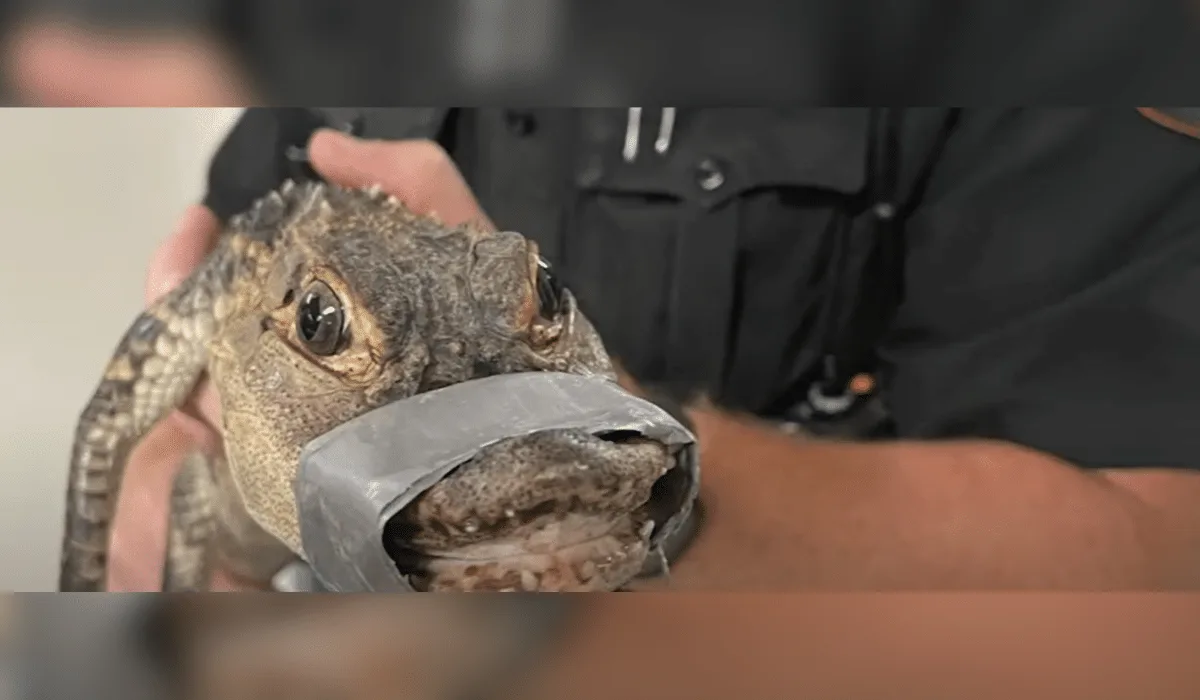Welcome to ‘Alligator Named Fluffy Rescued By Landscaper in Pennsylvania’
Imagine working a regular day in Pennsylvania and stumbling upon something that’s not just out of place but completely unexpected. A local landscaper who, while working near a creek, discovered an alligator! Yes, you read that right. An alligator, named Fluffy, was found lounging in a Berks County creek, a sight one would never expect in Pennsylvania.
From Flash Floods to Freedom

Fluffy wasn’t just any alligator. This 2.5-foot reptile had a story. He had escaped from his outdoor enclosure during a bout of flash flooding a few weeks prior. The landscaper, taken aback by the discovery, promptly contacted the police. The authorities, equally surprised, collaborated with the Animal Rescue League of Berks County to ensure Fluffy’s safety.
Fluffy’s Poor Health

Upon inspection by wildlife expert Rudy Arceo, it was evident that Fluffy’s health was in dire straits. The alligator was malnourished, dehydrated, and showed signs of improper care. Arceo, who specializes in reptile conservation, pointed out that Fluffy’s size was not consistent with his age. An alligator of his age should have been around six feet long. The state of Fluffy’s snout and teeth further indicated the lack of proper care he received.
The Importance of Proper Animal Care

Fluffy’s condition reminds us of the responsibilities that come with owning exotic pets. Arceo emphasized the importance of a proper diet, which for alligators includes whole prey like small rodents. Additionally, they require adequate lighting, especially UVB lighting, which is crucial for their health. The size of the enclosure is also vital. Fluffy’s owner had kept him in a 75-gallon aquarium for a decade, which is far from ideal for an alligator of his age.
The Road to Recovery

The silver lining in Fluffy’s tale is the collaborative effort to ensure his well-being. Fluffy’s owner is now working closely with Arceo and animal control officers to guarantee the alligator’s health and safety. The Animal Rescue League has also committed to monitoring Fluffy’s living conditions and conducting wellness checks.
Intriguing Alligator Facts to Chew On
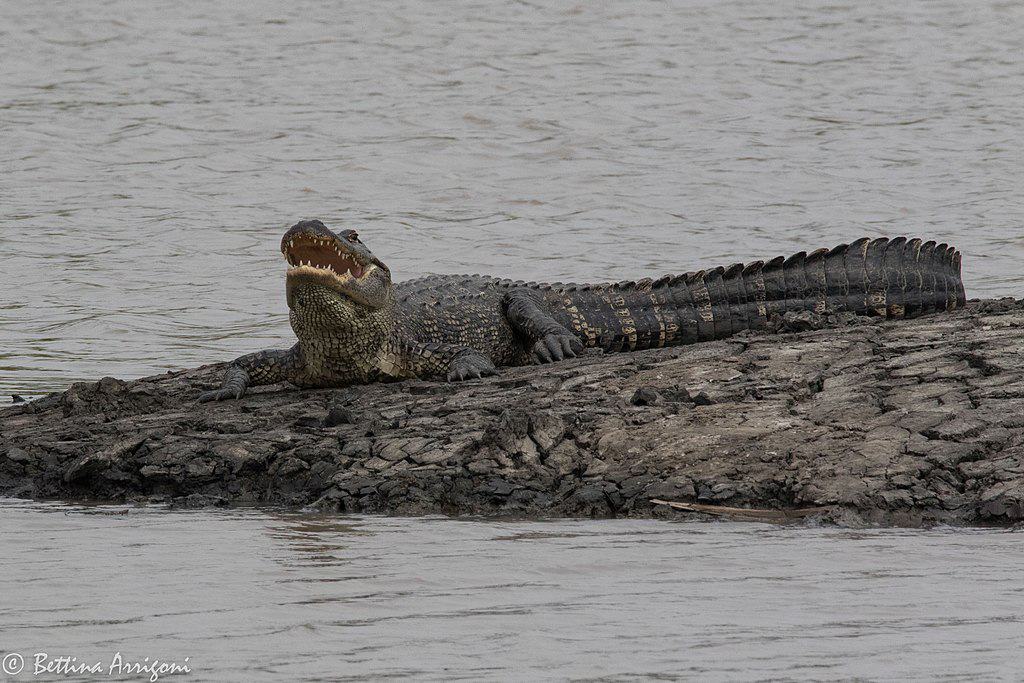
- Alligators have been around for millions of years and are often referred to as ‘living fossils’.
- They have a powerful bite but surprisingly, the muscles that open their jaws are relatively weak.
- Alligators are known to have a “death roll” where they spin to tear off chunks of meat from their prey.
- Baby alligators have a high-pitched chirp to communicate with their mothers.
Meet Fluffy The Aligator

The Bottomline of Rescued Aligator Named Fluffy
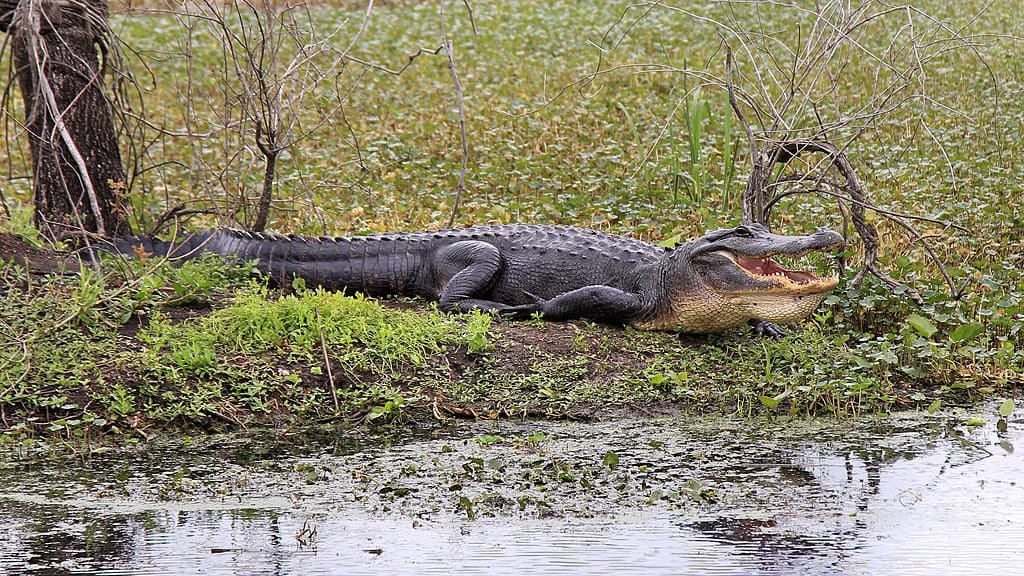
Fluffy’s story is not just about an unexpected discovery but a lesson in responsibility. Owning an exotic pet is not just about the allure but understanding and catering to its unique needs. While Fluffy’s journey has been tumultuous, it’s heartening to see the community come together to ensure his well-being.
Learn More About Alligators With These Facts

Whether you’re a wildlife enthusiast or just curious about these ancient reptiles, there’s always something new to learn about alligators. Here are 20 interesting facts about alligators in the United States that will give you a deeper appreciation for these remarkable animals.
Native to the Southeastern U.S.
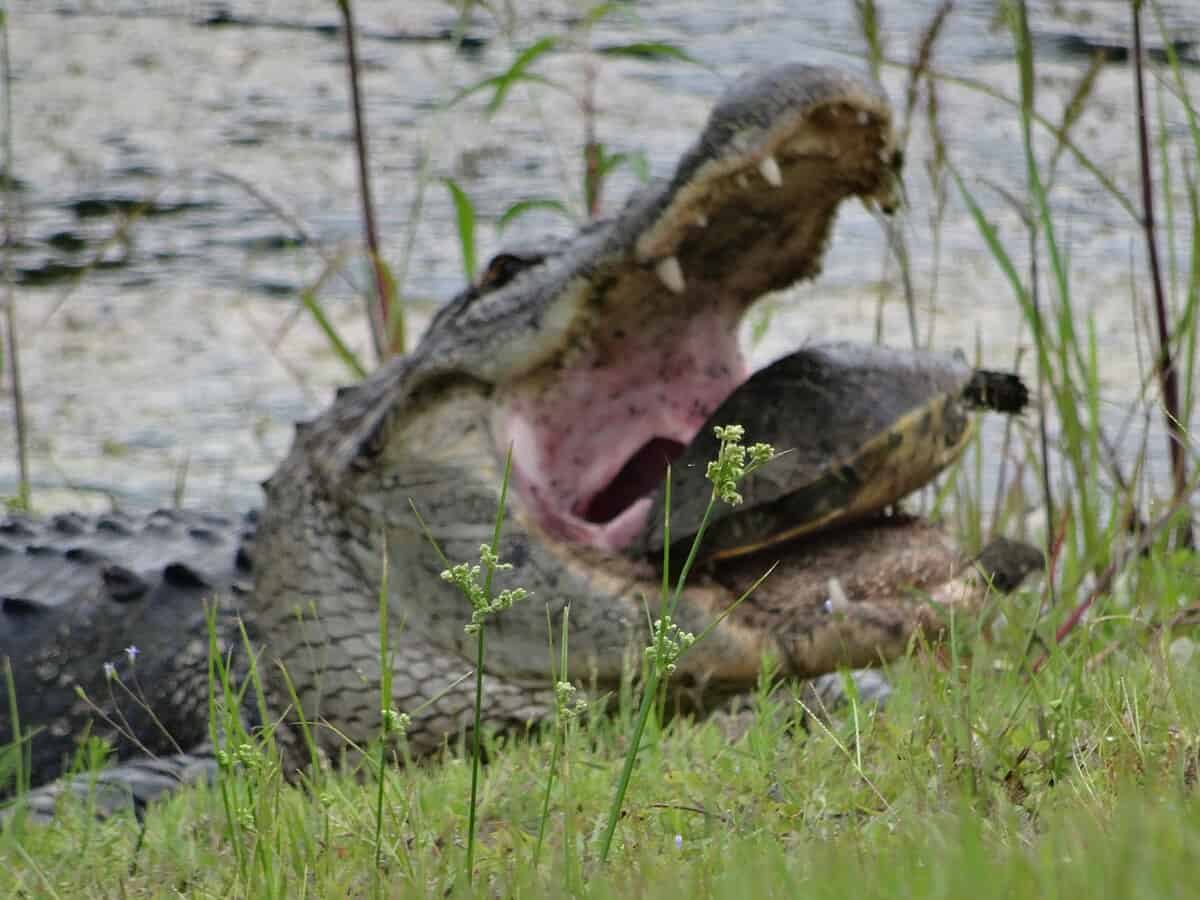
Alligators are primarily found in the southeastern United States, particularly in Florida and Louisiana. They inhabit freshwater environments like swamps, rivers, lakes, and marshes.
Two Species Exist
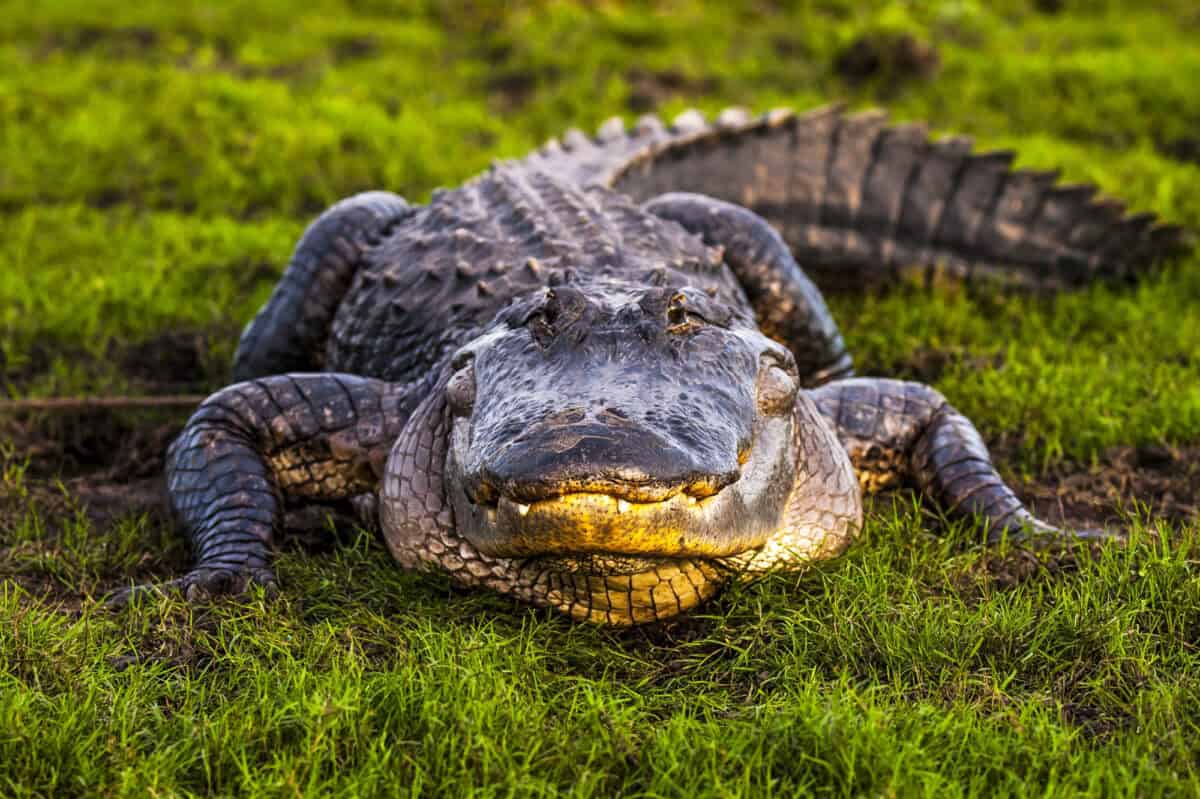
There are two species of alligators: the American alligator and the Chinese alligator. The American alligator is much larger and more widespread than its Chinese counterpart.
Can Grow Over 11 Feet Long
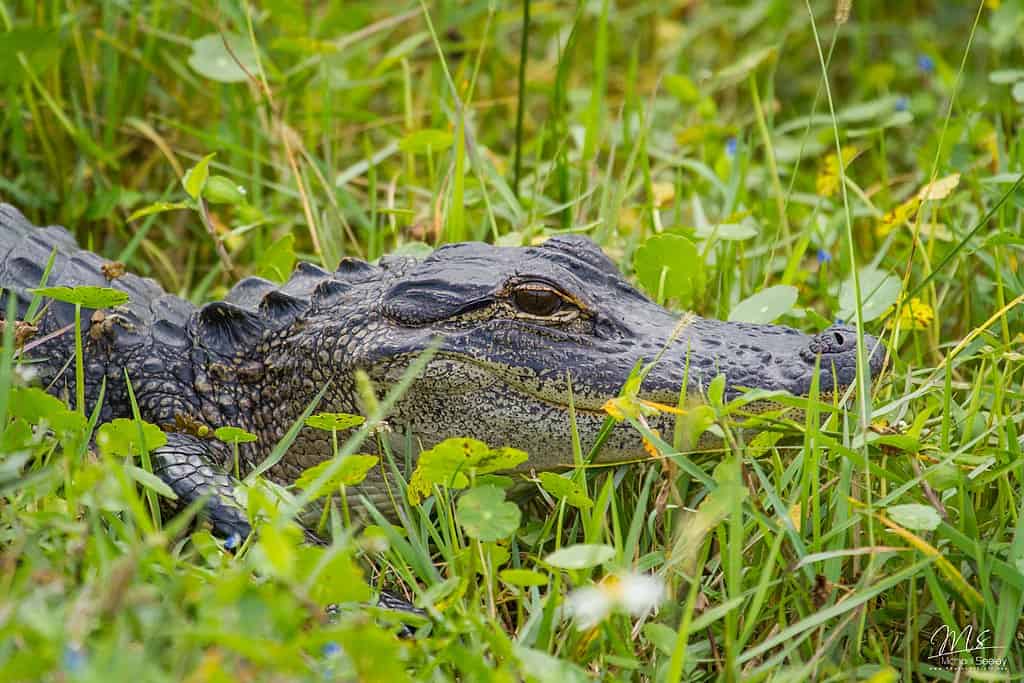
Adult male American alligators can grow to be over 11 feet long. Females are typically smaller, averaging around 8 feet in length.
Powerful Bites

Alligators have incredibly powerful jaws capable of exerting a bite force of over 2,000 pounds per square inch. This makes their bite one of the strongest in the animal kingdom.
Excellent Swimmers

Alligators are excellent swimmers and can move swiftly in water thanks to their powerful tails. They use their tails to propel themselves and can reach speeds of up to 20 miles per hour in the water.
Slow on Land
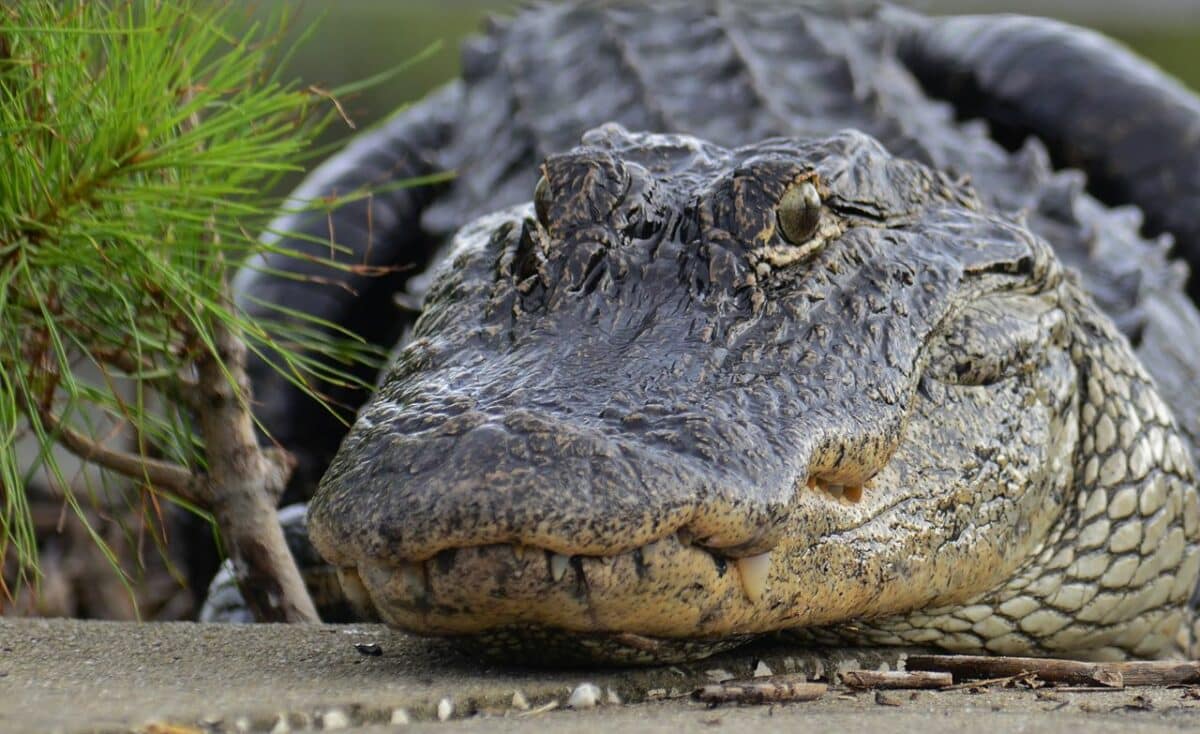
On land, alligators are much slower, typically moving at a top speed of around 10 miles per hour in short bursts. They usually rely on stealth rather than speed to catch prey on land.
Cold-Blooded Creatures
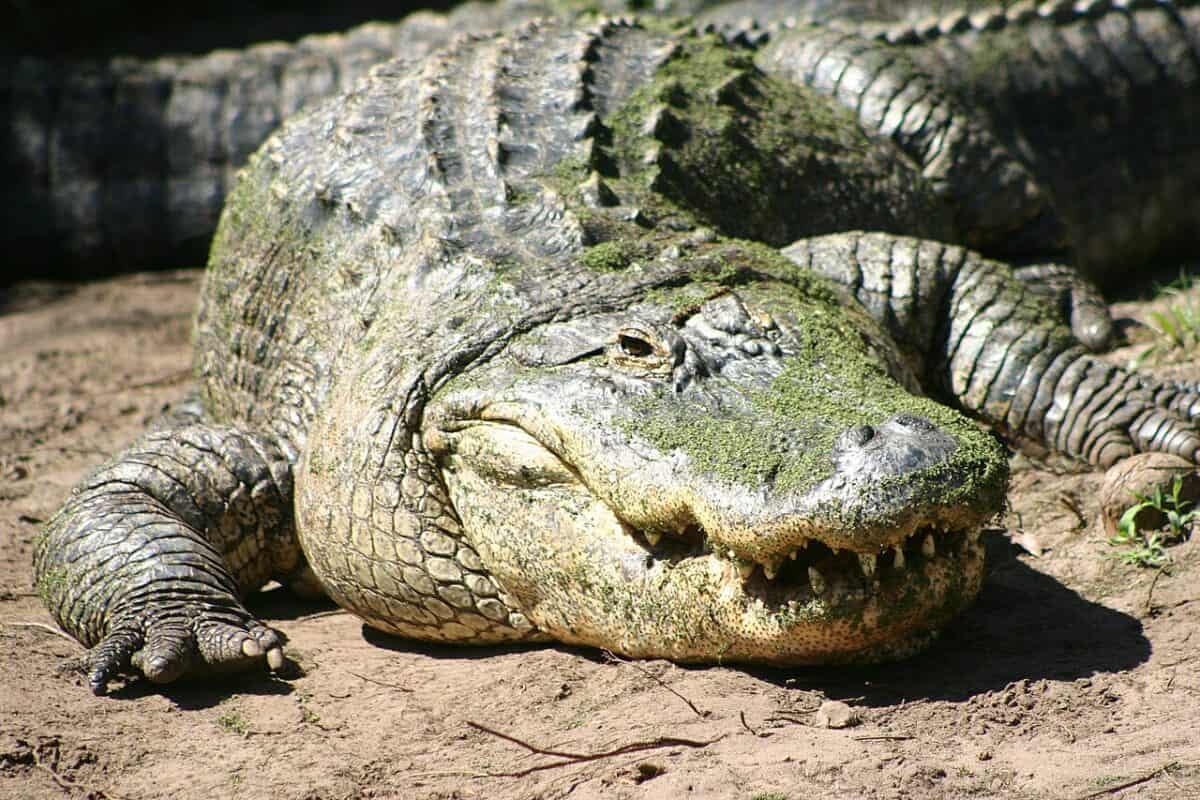
As ectothermic animals, alligators rely on external sources to regulate their body temperature. They bask in the sun to warm up and move to shaded or water areas to cool down.
Lifespan of Up to 50 Years
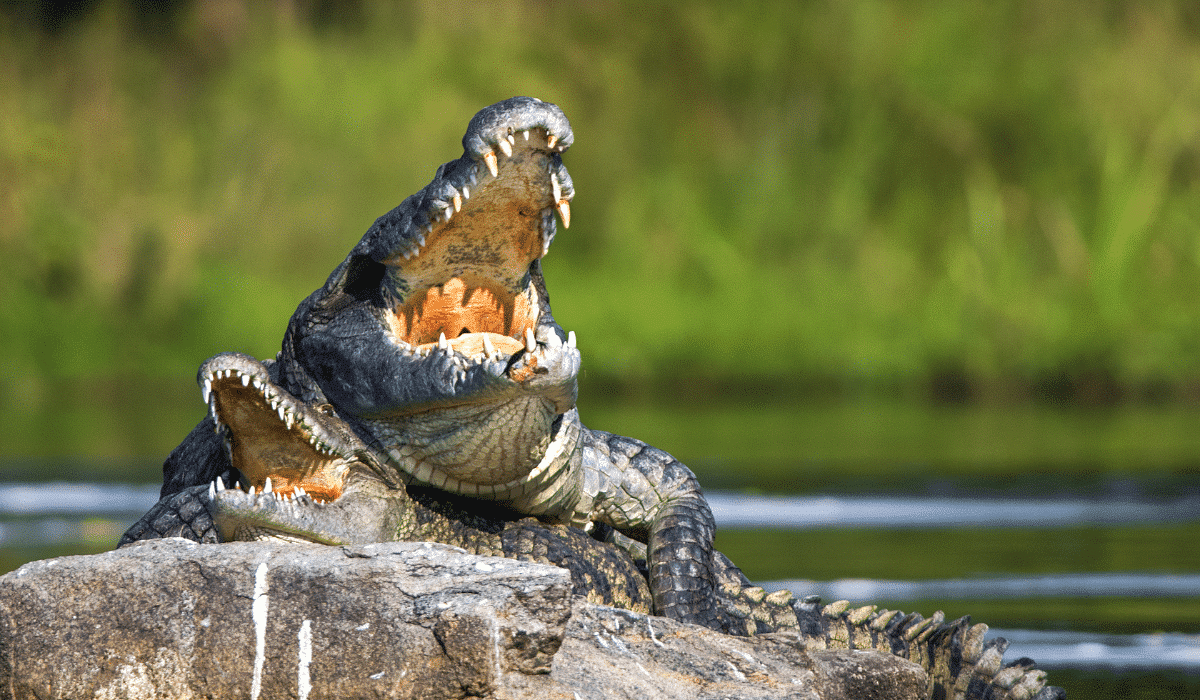
Alligators can live up to 50 years in the wild. In captivity, with optimal care, they have been known to live even longer.
Nesting Habits
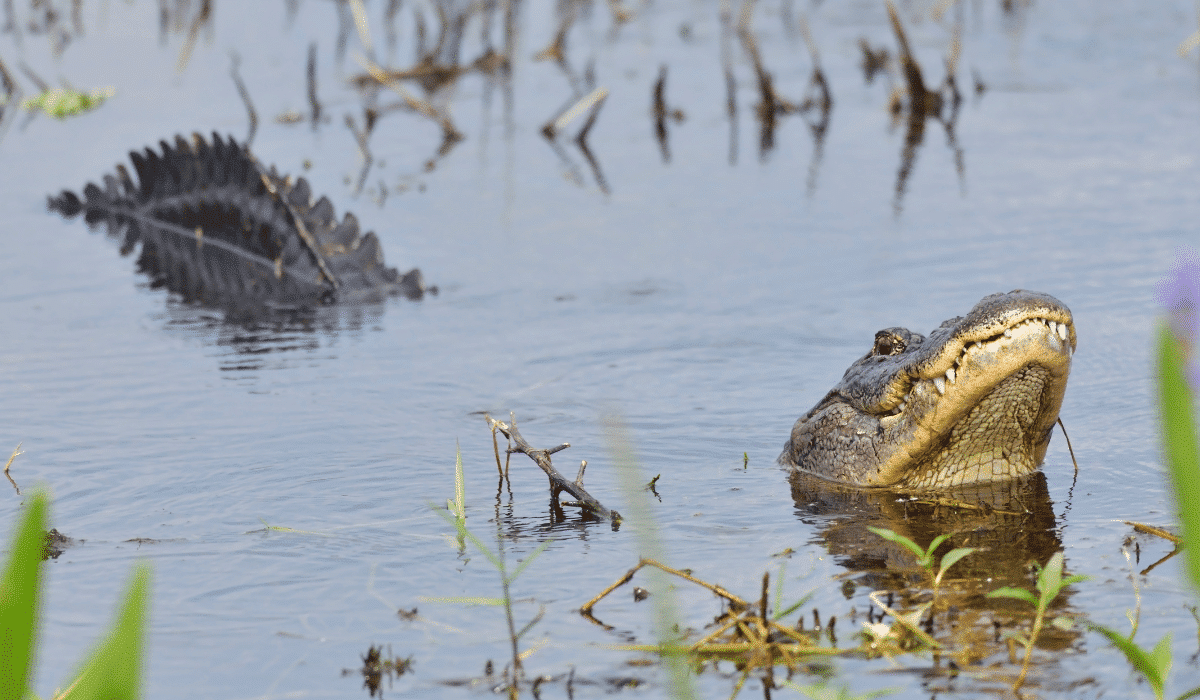
Female alligators build nest out of vegetation, mud, and sticks to lay their eggs. They can lay between 20 and 50 eggs in a single clutch.
Sex Determined by Temperature

The sex of alligator hatchlings is determined by the temperature of the nest. Warmer temperatures tend to produce males, while cooler temperatures produce females.
Protective Mothers

Mother alligators are highly protective of their young. They guard the nest during incubation and often stay with their hatchlings for up to a year.
Diet Consists of Meat

Alligators are carnivorous and their diet consists mainly of fish, birds, and small mammals. They are opportunistic feeders and will eat almost anything they can catch.
Ability to Survive Freezing Temperatures

Alligators can survive in areas that experience occasional freezing temperatures. They go into a state called brumation, similar to hibernation, where they become inactive and slow their metabolism.
Vocal Animals
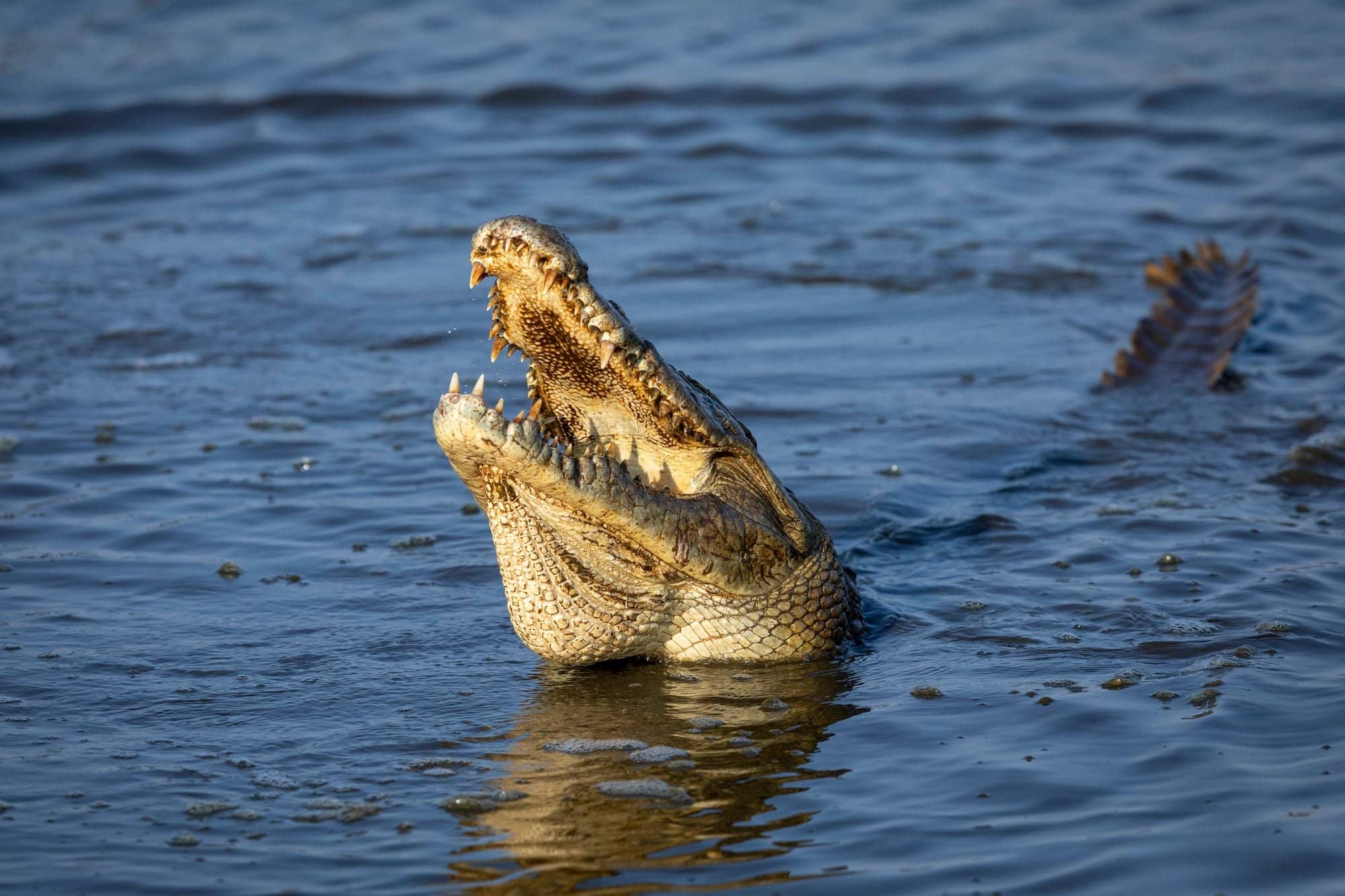
Alligators are quite vocal and communicate through a variety of sounds, including hissing, growling, and bellowing. Males are known for their loud roars during mating season to attract females.
Threatened by Habitat Loss

Habitat loss due to urban development and pollution poses a significant threat to alligator populations. Conservation efforts are crucial to ensure their survival in the wild.
Essential for Ecosystem Balance

Alligators play a crucial role in maintaining the balance of their ecosystems. They help control the population of certain prey species and create habitats for other wildlife through their nesting activities.
Powerful Tails
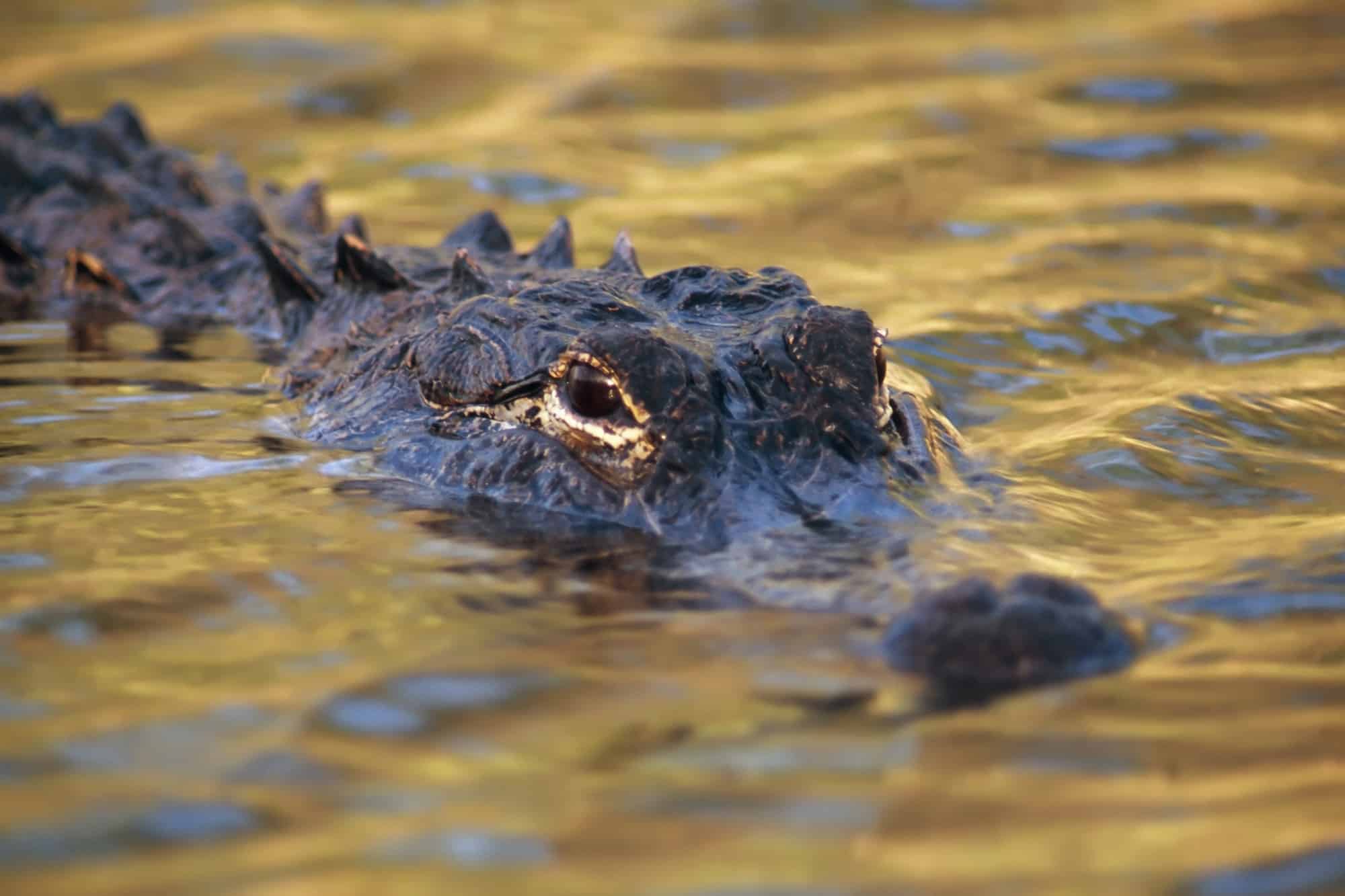
Alligator tails are not just for swimming; they are also powerful weapons. They can use their tails to deliver strong blows to fend off predators or competitors.
Historic Relatives

Alligators have been around for millions of years and are considered living fossils. They have changed very little since the time of the dinosaurs.
Illegal to Feed Wild Alligators

In many states, it is illegal to feed wild alligators. Feeding them can cause them to lose their natural fear of humans and become dangerous.
Recovering Population
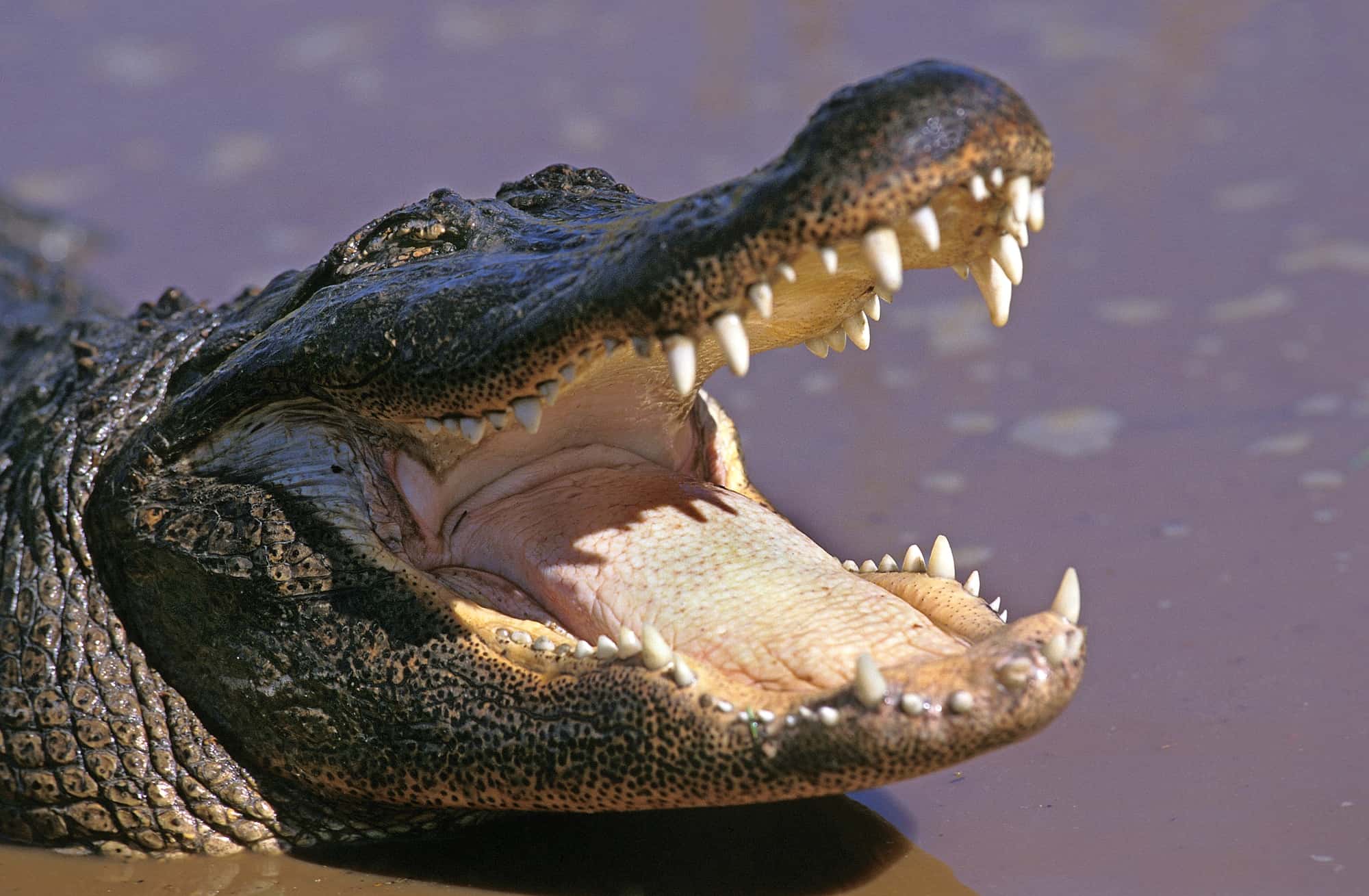
The American alligator was once listed as an endangered species due to overhunting and habitat loss. Thanks to successful conservation efforts, their population has recovered, and they are no longer endangered.
Thank you for following along with this article – Alligator Named Fluffy Rescued By Landscaper
You may also like:
Join our Forum for free today!

- Did-You-Know These 30 Animals Were Endangered? - June 26, 2024
- Florida Women Discovers 8-Foot Alligator In Her Kitchen - June 26, 2024
- 750-Pound Alligator Pet Seized From New York Man’s Home After 30 Years - June 25, 2024

